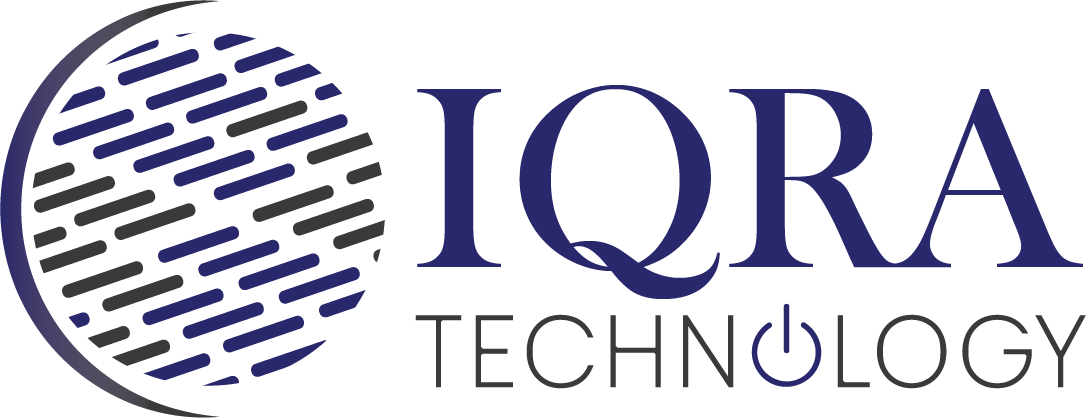Conversion Tracking and Analytics
Clicks are only half the story.
If you want your Google Ads campaigns to deliver real business results, you need to track what happens after someone clicks your ad—whether they buy something, sign up, or call you. That’s where conversion tracking and analytics come in.
In this module, you’ll learn how to:
- Set up conversion tracking in Google Ads and GA4
- Use UTM parameters to track sources
- Measure your campaign success using CPA (Cost Per Acquisition) and ROAS (Return on Ad Spend)
What is Conversion Tracking?
A conversion is any meaningful action a user takes on your website after clicking your ad, such as:
- Making a purchase
- Filling a contact form
- Calling your business
- Signing up for a newsletter
Conversion Tracking lets you:
- See which ads and keywords are working
- Optimize your budget and bids
- Prove your ROI (Return on Investment)
Setting Up Conversion Tracking
1.Google Ads Conversion Tracking
Google Ads lets you track different types of conversions:
- Website actions (form submissions, purchases)
- Phone calls
- App installs
- Offline conversions
How to set it up:
- Go to your Google Ads account
- Click Tools & Settings → Conversions
- Choose the type of conversion (e.g., website)
- Add the conversion tag (JavaScript code) to your website or use Google Tag Manager
- Verify the setup
Example:
If a user clicks your ad and fills a contact form, the event is tracked as a conversion in Google Ads.
2. GA4 (Google Analytics 4) Conversion Tracking
GA4 offers deeper tracking across your website and app. It tracks user actions as events, and you can mark important ones as conversions.
Steps:
- Go to GA4 → Events → Mark as Conversion
- Track events like:
- purchase
- generate_lead
- sign_up
- Link GA4 to Google Ads for shared data
Benefits:
- More control
- Track cross-device and cross-channel performance
- View detailed user journeys
Using UTM Parameters
UTM parameters are tags you add to your ad URLs to track how users came to your site.
Example URL:
ruby
CopyEdit
https:/iqratechnology.com/?utm_source=google&utm_medium=cpc&utm_campaign=sem_course
UTM Components:
- utm_source= → e.g., google
- utm_medium= → e.g., cpc (cost-per-click)
- utm_campaign= → e.g., sem_course
These help you track:
- Which ad brought the user
- Which campaign is converting
- How to segment traffic inside Google Analytics
Use Google’s Campaign URL Builder to generate UTM links easily.
Measuring ROAS and CPA
1.CPA (Cost Per Acquisition)
CPA tells you how much you spend on average to get one conversion.
CPA = Total Cost ÷ Number of Conversions
Example:
If you spend ₹5,000 and get 20 leads, your CPA is ₹250.
Use this to:
- Set bidding goals (Target CPA)
- Compare performance across campaigns
2. ROAS (Return on Ad Spend)
ROAS tells you how much revenue you earn for every rupee you spend.
ROAS = Revenue from Ads ÷ Cost of Ads
Example:
If you spent ₹10,000 and earned ₹40,000 in sales, your ROAS is 4 (or 400%).
Use this to:
- Measure profitability of eCommerce campaigns
- Optimize high-performing campaigns
Summary
- Conversion tracking shows what users do after clicking your ad—helping you measure real results.
- Use Google Ads and GA4 to track form fills, purchases, signups, and more.
- Add UTM parameters to track traffic sources and campaigns in Google Analytics.
- Track your CPA to control costs and your ROAS to track profitability.
Real Life Example:
Imagine you own a small bakery in your neighbourhood. You just launched a new website but no one knows about it yet. You want customers who are searching online for “fresh cakes near me” to find your bakery quickly. Instead of waiting months for your website to appear in Google’s organic results, you create a Google Ads campaign targeting that exact phrase. Within hours, your ad shows up at the top of the search results, right where hungry customers are looking. When they click your ad and visit your website, they can place orders immediately. This instant visibility brought by SEM helps your bakery get noticed and make sales faster than waiting for SEO to take effect.
But here’s the real challenge:
You get many clicks, but you’re not sure how many visitors actually place an order or contact you. Without tracking conversions, you can’t tell which ads or keywords are truly profitable or whether you’re wasting money on clicks that don’t convert. By setting up conversion tracking in Google Ads and GA4, you can see exactly how many visitors fill out the order form or call your bakery after clicking your ads. You can then calculate your CPA—how much you’re spending for each order—and your ROAS—how much revenue you’re making from your ads. With this data, you can pause low-performing ads, increase bids on high-converting keywords, and optimize your budget to grow your bakery business efficiently and profitably.




